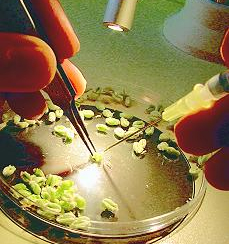 To understand what we mean and before searching for the origins of life on Earth and elsewhere in the universe, we must first define what it represents. What is life?
To understand what we mean and before searching for the origins of life on Earth and elsewhere in the universe, we must first define what it represents. What is life?
Up til today, many philosophers and biologists have expounded on the question without finding convincing answers. “We recognize life when we see it”, they sometimes say. This “to the punch” argument is insufficient because nothing is biologically or thermodynamically defined.
We find that a good definition of life refers both to the theory of information as well as the fundamental laws of biology.
We can say that life is manifested when the subject transforms, metabolizes, and exudes energy. A factory, a car, or a computer performs these actions, but we do not consider them as living beings. We could add that the subject must be far from equilibrium. However, the manifestation of a lightning bolt or a self-sustaining chemical reaction is a reaction occurring outside the thermodynamic equilibrium, but it is they are still not living beings. So what is life?
“Life is the set of functions that resist death,” said anatomist Richard Xavier Bichat in the eighteenth century. Even if this is globally true, it is still necessary to define the functions of which he speaks, a vital question!
There is a biological definition of life: “an organism is alive when there is an exchange of matter and energy with its environment while maintaining its autonomy when it reproduces and evolves through natural selection.” But this definition is still insufficient.
Between an inert stone and an organism, a crystal growth phase seems alive: it grows and is able to choose the elements of its nature so as not to create impurities, yet it is a mineral, it is not alive.

aaa
aaaa
Hha
ewqeq
Hi
yo
hi
m,,,
K